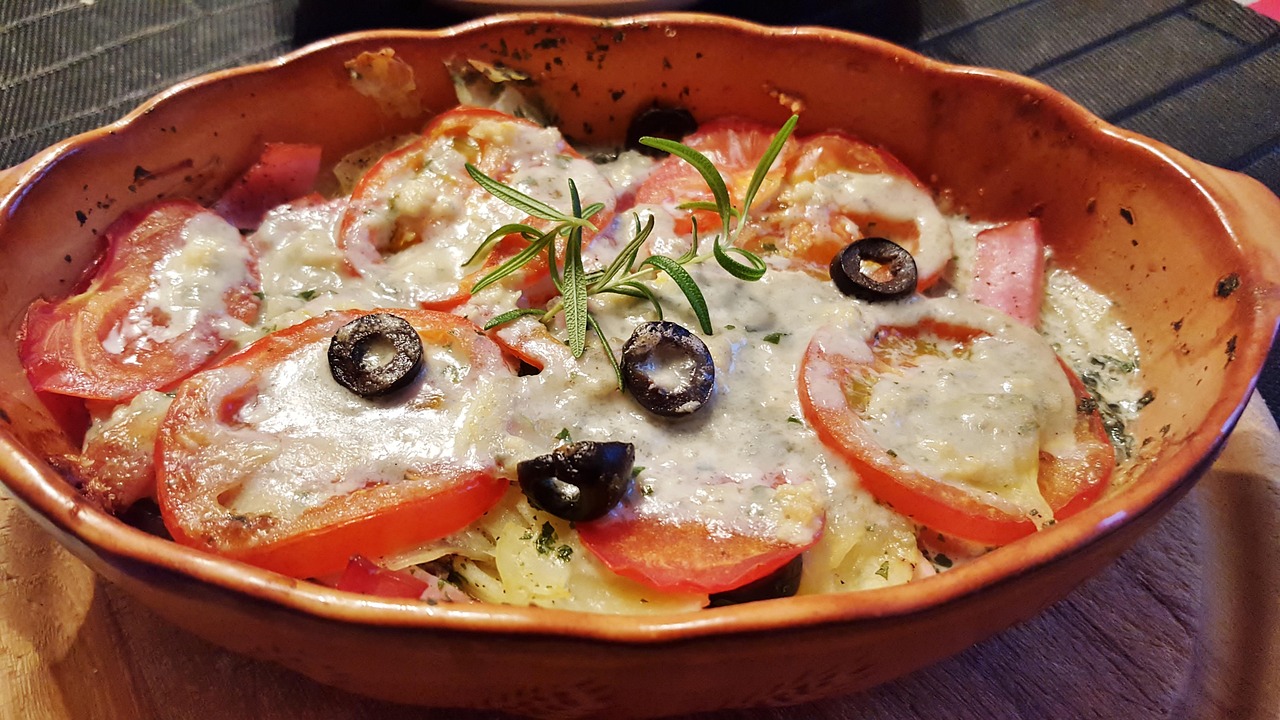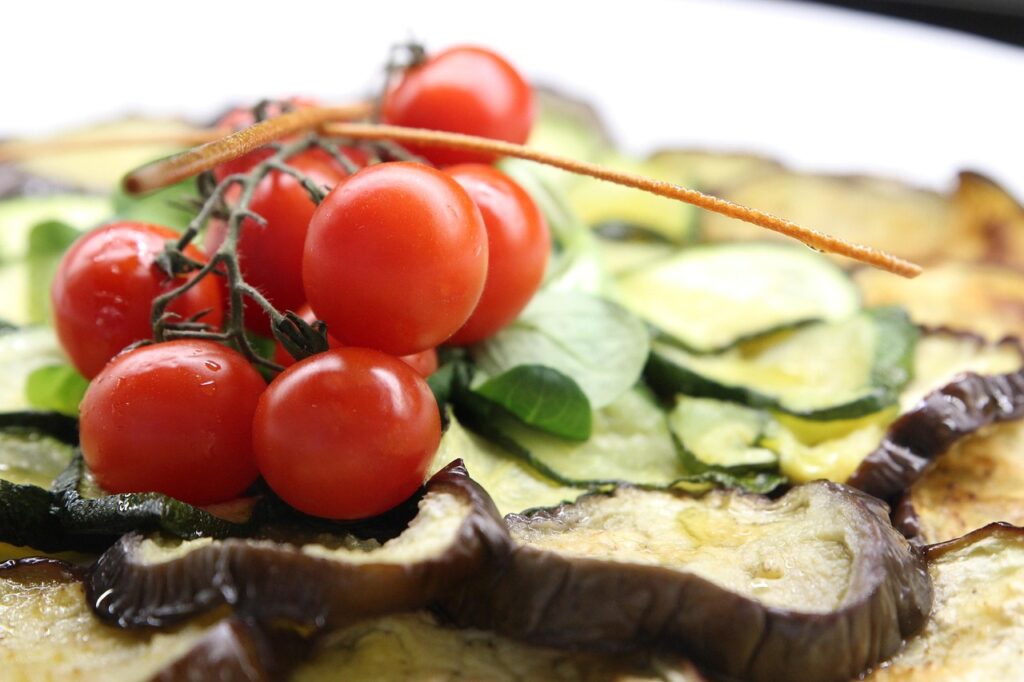- ACTIVITIES
15 Wonderful Virtual Baby Shower Games


Tomatoes are a versatile and beloved ingredient in kitchens around the world, offering a burst of flavor and color to countless dishes. Whether you’re a seasoned chef or a home cook, mastering recipes for tomatoes can elevate your culinary repertoire. From sauces and salads to roasted and stuffed creations, tomatoes are a canvas for creativity. This guide will explore essential techniques, common mistakes, and a variety of recipes to help you make the most of this vibrant fruit.

Understanding the basics of working with tomatoes is crucial for crafting delicious dishes. The following techniques will ensure you get the best flavor and texture from your tomatoes.
To peel tomatoes easily, score a small ‘X’ at the bottom and blanch them in boiling water for about 30 seconds. Transfer them to an ice bath to cool, then peel off the skin. To seed, cut the tomato in half and gently squeeze or scoop out the seeds with a spoon.
Different recipes call for different types of tomatoes. Roma tomatoes are ideal for sauces due to their low moisture content. Beefsteak tomatoes are perfect for sandwiches and salads, while cherry tomatoes add sweetness and color to various dishes.
Avoid these pitfalls to ensure your tomato dishes come out perfectly every time.
Tomatoes can become mushy and lose flavor when overcooked. Pay close attention to cooking times, especially in sauces and sautés, to maintain their fresh taste.
Storing tomatoes in the refrigerator can dull their flavor and alter their texture. Keep them at room temperature until they’re fully ripe, then refrigerate if necessary to prolong shelf life.
Roasting tomatoes concentrates their sweetness and enhances their natural umami flavor, making them a delicious addition to many dishes.
Roasted tomatoes can be stored in the refrigerator for up to a week or frozen for up to three months. Reheat gently in the oven or on the stovetop to preserve their texture.
Cherry tomatoes are a delightful addition to many meals, offering a burst of sweetness and color.
Thread cherry tomatoes and mozzarella balls onto skewers, drizzle with olive oil and balsamic glaze, and sprinkle with fresh basil for a simple appetizer.
Sauté cherry tomatoes with garlic and olive oil, toss with cooked pasta, and finish with Parmesan cheese and fresh basil for a quick and easy dinner.

Stuffed tomatoes are a versatile dish that can be customized with various fillings to suit your taste.
Homemade tomato sauce is a staple in many kitchens, offering a rich, flavorful base for pasta, pizza, and more.
This sauce can be refrigerated for up to a week or frozen for up to three months. Reheat gently on the stovetop.
Tomato salads are a refreshing and healthy option, perfect for any meal or occasion.
Layer slices of fresh mozzarella and tomatoes, sprinkle with salt and pepper, drizzle with olive oil and balsamic reduction, and garnish with fresh basil.
Combine diced tomatoes, avocado, red onion, and cilantro. Dress with lime juice, olive oil, salt, and pepper for a vibrant side dish.
Pasta salads are a great way to showcase the freshness of tomatoes, offering a satisfying and versatile dish.
This salad can be made ahead and stored in the refrigerator for up to three days. Add additional dressing if needed before serving.
Olive oil is an essential ingredient in many tomato recipes, enhancing flavor and providing a healthy fat component.
A drizzle of high-quality olive oil before serving can elevate the flavor of tomato-based dishes, adding richness and depth.
Use olive oil as a base for sautéing onions and garlic in sauces or for coating tomatoes before roasting to bring out their natural sweetness.
Tomato recipes are highly adaptable, allowing for various substitutions and flavor enhancements.
In sauces and stews, canned tomatoes can be used when fresh tomatoes are out of season. Opt for whole or crushed varieties for the best texture.
Incorporate chili flakes or fresh chili peppers to add a spicy kick to your tomato dishes. Balance with a touch of honey or sugar if needed.
Proper storage of tomatoes ensures you enjoy their best flavor and texture.
Store unripe tomatoes at room temperature, away from direct sunlight, to allow them to ripen naturally.
To freeze, blanch and peel tomatoes, then chop and store in airtight containers. Use frozen tomatoes in cooked dishes, as they lose texture when thawed.
Reheating tomato-based dishes requires care to maintain their flavor and texture.
Reheat casseroles and baked tomato dishes in the oven at a low temperature to prevent drying out.
For sauces and soups, gently reheat on the stovetop, stirring frequently to avoid scorching.
Even experienced cooks encounter challenges with tomato recipes. Here’s how to address some typical issues.
If a tomato dish is too acidic, add a pinch of sugar or a splash of cream to balance the flavors.
Thicken a watery sauce by simmering it longer or adding a tablespoon of tomato paste.
With these techniques, recipes, and tips, you’ll be well-equipped to create delicious tomato dishes that are sure to impress. Whether you’re roasting, stuffing, or crafting a sauce from scratch, tomatoes offer endless possibilities for culinary creativity.